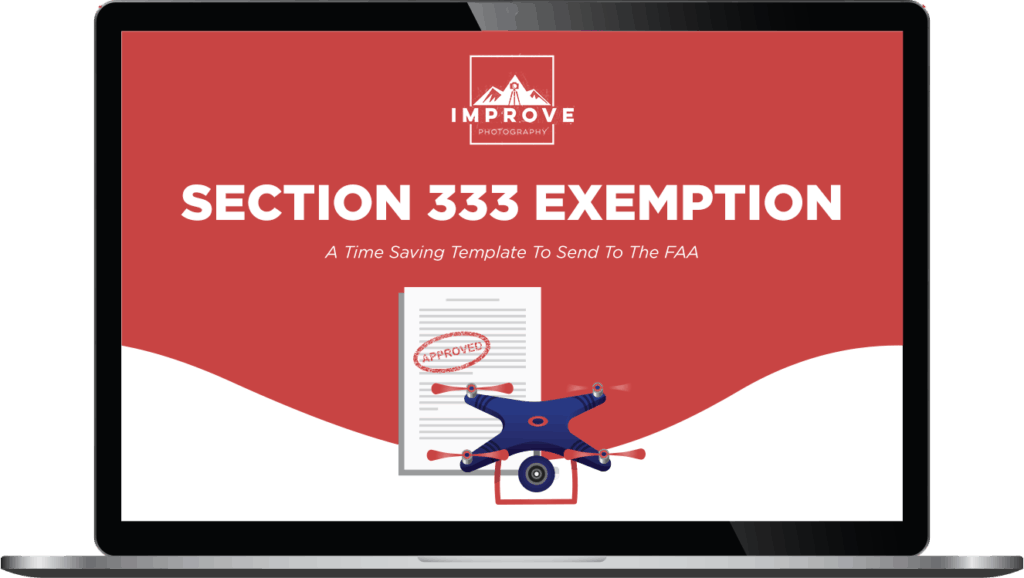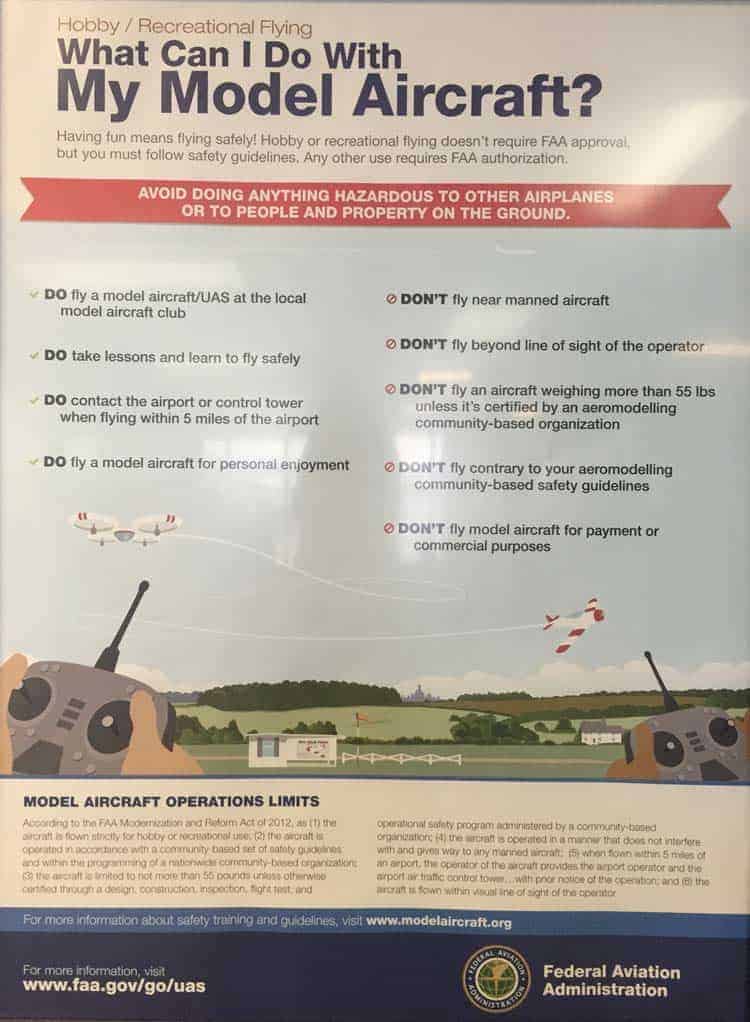The United States has a complicated set of laws surrounding drone photography, but much of what has been reported on photography blogs as being the “law” is nothing but discussion of possible laws which have not yet taken effect. So I poured through the actual laws on the books to create this definitive guide for photographers on the use of remote controlled helicopters for photography.
What Can You Do with a Drone?
- Do photography for non-commercial purposes
What Can You NOT Do without a Permit?
- Gather news
- Fly an aircraft weighing more than 55 pounds unless it's certified by an aeromodelling community-based organization
- Fly a drone for payment, or to gather footage to be used commercially
- Fly within 5 miles of an airport
- Fly at air shows (These can often use TFRs or Temporary Flight Restrictions to restrict any UAVs)
- Fly at a major sporting event (MLB, NFL during regular season, Division 1 NCAA football, or major motor speedway event from one hour before until one hour after the event ends. This is sometimes referred to as a “stadium TFR.”
What Can You NOT Do at All?
- Fly near manned aircraft
- Fly beyond the line of sight of the operator
- Flying recklessly (Yes, you can be fined for vague “reckless” flying)
What Is Not Necessarily Forbidden By Law, But Strongly Discouraged?
- Flying over people
- Flying higher than 400 feet
How Can Photographers Obtain a Permit from the FAA?
According to the FAA website, there are three ways to obtain a permit. But in reality, photographers who wish to be exempted from the law to be able to fly a drone for photography will all fall under the third method.
- “Special Airworthiness Certificates – Experimental Category (SAC-EC) for civil aircraft to perform research and development, crew training, and market surveys. However, carrying persons or property for compensation or hire is prohibited. For more information, please contact the Airworthiness Certification Service, AIR-113, at 202-267-1575. 1,3
- Obtain a UAS type and airworthiness certificate in the Restricted Category (14 CFR § 21.25(a)(2) and § 21.185) for a special purpose or a type certificate for production of the UAS under 14 CFR § 21.25(a)(1) or § 21.17. 7,8
- Petition for Exemption with a civil Certificate of Waiver or Authorization (COA) for civil aircraft to perform commercial operations in low-risk, controlled environments. For more information, please visit our Section 333 page. Instructions for petitioning for exemption are available here.“
So basically, what you'll need to do is file for Section 333 exemption. The FAA has a somewhat helpful website that explains the process if you're planning to be exempted, but I took it a step further. After I spent days and days researching the laws to put in for my Section 333 Exemption, I polished up a template that you can use. It's just $15. You'll get a word doc you can download, put in your name, address, and other info, and submit it to the FAA. Done! Get my $15 Section 333 Exemption here. That's what you'll need to fly your drone for any business purpose.

At the time of writing, the FAA has issued over 1,500 exemptions in the United States, so there is a good likelihood of success. However, it will take about 120 days to get exempted, and you'll have some hoops to jump through.
The worst part is that the exemption only lasts two years, so you'll have more hoops to jump through even after you're exempted. Fortunately, you can seek an extension of your exemption after two years rather than needing to reapply.


Thanks for the help! In addition, I would also still need to register my drone with the FAA, correct? Is there a particular form for UAVs vs traditional aircrafts?
Jim Harmer, Thank you for providing this valuable template and information. Avid fan of your podcasts.
Jim… so is this process as simple as printing your template, substituting in our business info in place of the “Daniel Hayes” info and submitting to the FAA?
Why comply if it’s not even law? especially a law based on a fallacy.
Do you still have to have a pilots license to get the exemption? https://www.faa.gov/uas/legislative_programs/section_333/333_faqs/#q12